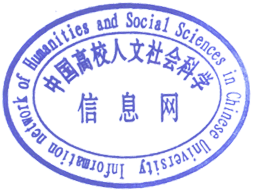关 键 词 :不得+V;接受度;本体意义;单双音节;方言学科分类:语言学--应用语言学
本文基于日常对“不得邀请”的理解差异,延伸到对现代汉语中“不得+V”的接受度调查研究。综述前人对“不得”等的研究成果,确定从“不得”的‘禁止、得不到、不会’三个本体意义、‘V’的单双音节结构、方言角度三个方面来进行分析。通过问卷调查可得:“不得”的‘禁止’意接受度最高;‘V’为双音节的接受度高于单音节;西南地区的接受度远高于非西南地区。影响第一个的原因有:负面偏差心理、官方的广泛使用、‘V’结构的广泛;二是:现代汉语双音节词占绝对优势,韵律句法学理论、组块的心理过程;三分为西南地区方言在历史上的内聚、扩散。
Based on the divergent understandings of "bude yaoqing" ,literally "cannot invite/get invited/will not invite" in daily life, this study extends to investigate the acceptance of the "bude + V" structure in Modern Chinese. By summarizing previous research on "bude" and related structures, the study analyzes three key aspects: the three core meanings of "bude","prohibition", "failure to obtain", and "will not"), the monosyllabic vs. disyllabic structure of "V" (verb), and the influence of dialects. Questionnaire results show that: 1) The "prohibition" meaning of "bude" has the highest acceptance; 2) The acceptance of disyl-labic "V" in "bude + V" is higher than that of monosyllabic "V"; 3) The acceptance in Southwest China is significantly higher than in non-Southwest regions. The reasons for these findings include: psychological negative bias and widespread official use for the first result; the dominance of disyllabic words, prosodic syntax theory, and chunking psychological processes for the second; and the historical cohesion and diffusion of dialects in Southwest China for the third.

